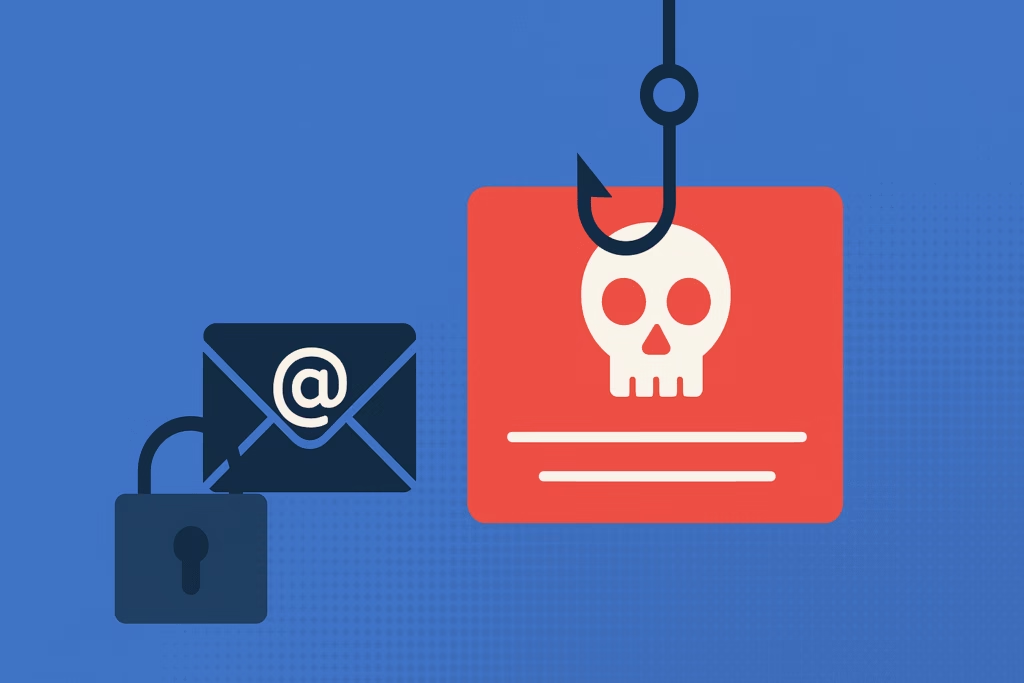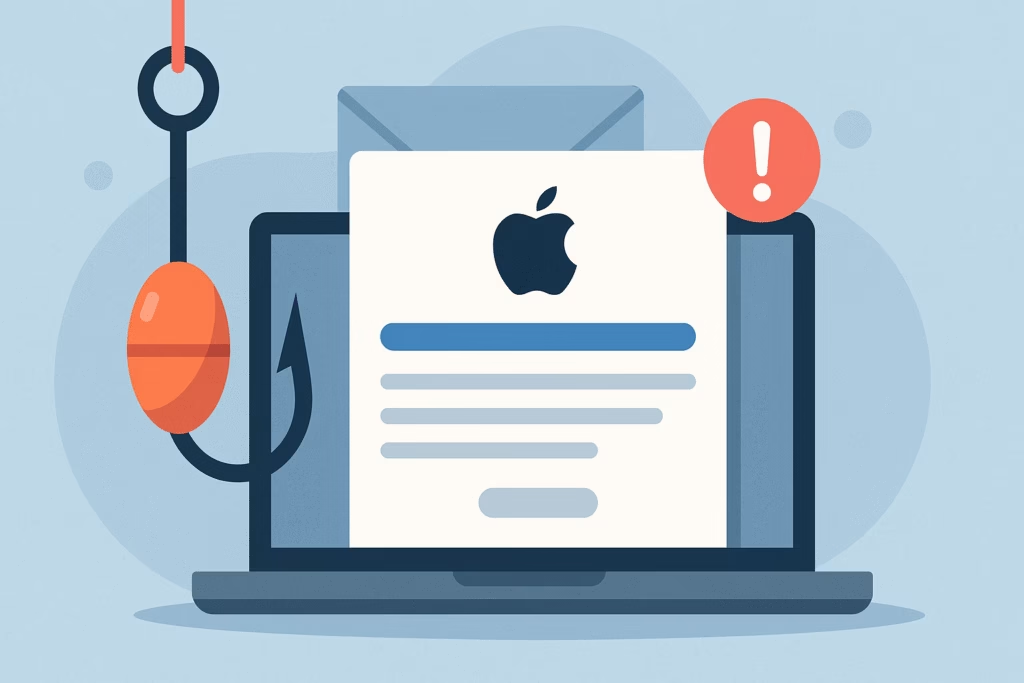
Comcast customers across the United States face an escalating threat from sophisticated phishing scams targeting their personal and financial information. With over 32 million subscribers, Comcast represents one of the largest telecommunications providers in the country, making it an attractive target for cybercriminals who exploit the company’s trusted brand to deceive unsuspecting customers.
Recent data from the FBI’s Internet Crime Complaint Center reveals that telecommunications-related phishing attacks have increased by 68% over the past two years, with Comcast phishing emails representing a significant portion of reported incidents. These attacks cost American consumers millions of dollars annually while compromising sensitive data including Social Security numbers, banking information, and personal credentials.
Understanding Comcast Phishing Scam Tactics
Cybercriminals employing Comcast phishing strategies utilize sophisticated social engineering techniques to create convincing fake communications. These scammers invest considerable effort in replicating official Comcast branding, email formats, and communication styles to maximize their success rates.
Common Phishing Comcast Email Themes
Fraudulent emails targeting Comcast customers typically fall into several recognizable categories:
- Account suspension warnings: Messages claiming your Comcast account will be suspended unless immediate action is taken
- Payment failure notifications: Fake alerts about failed payments requiring credit card information updates
- Service upgrade offers: Deceptive promotions offering discounted services or equipment
- Security breach alerts: False warnings about compromised accounts requesting password resets
- Equipment return demands: Fake notices demanding immediate equipment returns with associated fees
Advanced Spoofing Techniques
Modern Comcast phishing operations employ sophisticated spoofing methods that can fool even security-conscious users. These techniques include:
- Domain spoofing: Using domains that closely resemble legitimate Comcast URLs (comcast-billing.com instead of comcast.com)
- Email header manipulation: Altering sender information to display “Comcast Customer Service” or similar trusted names
- HTML email formatting: Replicating official Comcast email templates with identical logos, colors, and layouts
- Urgency psychology: Creating time-sensitive scenarios that pressure recipients into immediate action
Red Flags: Identifying Comcast Phishing Emails
Recognizing fraudulent communications requires understanding the subtle differences between legitimate Comcast correspondence and phishing attempts. Security experts recommend examining several key elements before responding to any Comcast-related email.
Sender Authentication Issues
Legitimate Comcast emails originate from verified domains and contain proper authentication headers. Suspicious indicators include:
- Sender addresses using free email services (Gmail, Yahoo, Hotmail)
- Misspelled or altered Comcast domain names
- Generic greetings like “Dear Customer” instead of your actual name
- Mismatched reply-to addresses that differ from the sender domain
Content and Language Analysis
Professional communication standards help distinguish authentic Comcast messages from phishing attempts. Warning signs include:
- Grammatical errors and spelling mistakes throughout the message
- Urgent language demanding immediate action within unrealistic timeframes
- Threats of service termination or legal action
- Requests for sensitive information Comcast would never ask for via email
- Generic customer service signatures without specific contact information
Technical Verification Methods
Advanced users can employ technical verification techniques to authenticate suspicious emails:
- Header analysis: Examining email headers for SPF, DKIM, and DMARC authentication failures
- Link inspection: Hovering over links to reveal actual destination URLs before clicking
- Attachment scanning: Using antivirus software to scan any attachments before opening
- Source code review: Checking HTML source code for embedded malicious scripts or tracking pixels
Real-World Comcast Phishing Examples
Understanding actual phishing scenarios helps customers recognize similar threats targeting their accounts. Recent investigations by cybersecurity researchers have documented several high-impact Comcast phishing campaigns.
The Equipment Return Scam
In 2023, a sophisticated phishing campaign targeted former Comcast customers with fake equipment return notices. The scam emails claimed recipients owed hundreds of dollars for unreturned equipment and provided fraudulent phone numbers for “customer service.” Victims who called these numbers were prompted to provide credit card information for alleged fees, resulting in thousands of dollars in fraudulent charges.
Account Verification Phishing
Another prevalent scheme involves fake account verification emails requesting customers confirm their information through malicious websites. These sites perfectly mimic Comcast’s login portal, capturing usernames, passwords, and personal details entered by unsuspecting users. Cybercriminals then use this information to access genuine accounts and modify service settings or billing information.
Step-by-Step Prevention Strategies
Protecting yourself from Comcast phishing requires implementing multiple layers of security measures and maintaining consistent vigilance when handling suspicious communications.
Email Security Best Practices
Follow these essential steps to secure your email communications:
- Enable two-factor authentication: Add an extra security layer to your Comcast account through SMS or authenticator apps
- Use spam filtering: Configure robust spam filters in your email client to automatically detect suspicious messages
- Verify sender identity: Always confirm the sender’s legitimacy through official Comcast channels before responding
- Avoid clicking links: Navigate directly to Comcast.com instead of clicking email links
- Report suspicious emails: Forward phishing attempts to Comcast’s security team at abuse@comcast.com
Account Monitoring Procedures
Regular account monitoring helps detect unauthorized access and fraudulent activities:
- Review monthly billing statements for unexpected charges or service changes
- Monitor account login history through Comcast’s online portal
- Set up account alerts for billing changes, service modifications, or login attempts
- Regularly update passwords using strong, unique combinations
- Review authorized devices and remove any unrecognized equipment
What to Do If You’ve Been Targeted
If you suspect you’ve encountered a Comcast phishing attempt or fallen victim to a scam, immediate action can minimize potential damage and protect your accounts from further compromise.
Immediate Response Actions
Take these critical steps as soon as you identify a phishing attempt:
- Do not click any links or download attachments from the suspicious email
- Change your Comcast account password immediately through the official website
- Contact Comcast customer service directly at 1-800-COMCAST to report the incident
- Monitor your financial accounts for unauthorized transactions or changes
- Document the phishing attempt by taking screenshots and saving the original email
Recovery and Reporting
Comprehensive recovery involves multiple reporting channels and protective measures:
- File a complaint with the Federal Trade Commission through their online reporting system
- Report the incident to the FBI’s Internet Crime Complaint Center for investigation
- Contact your bank and credit card companies to flag potential fraudulent activity
- Consider placing a fraud alert on your credit reports through major credit bureaus
- Forward the phishing email to the Anti-Phishing Working Group at reportphishing@apwg.org
Advanced Protection with Professional Services
While individual vigilance remains crucial, professional phishing protection services offer comprehensive defense against sophisticated attacks targeting telecommunications customers. These services provide real-time threat detection, automated email filtering, and proactive security monitoring.
PhishDef specializes in protecting users from telecommunications-related phishing attacks, including Comcast phishing scams. Our advanced AI-powered detection systems identify and block fraudulent emails before they reach your inbox, while our security experts continuously monitor emerging threats targeting major service providers.
Key Takeaways for Comcast Customer Security
Protecting yourself from Comcast phishing requires understanding common attack methods, implementing robust security practices, and maintaining constant vigilance when handling suspicious communications. Remember that legitimate Comcast communications will never request sensitive information via email or threaten immediate service termination without proper notice.
Key prevention strategies include verifying sender authenticity through official channels, avoiding clicks on suspicious links, enabling two-factor authentication, and regularly monitoring your account for unauthorized changes. When in doubt, contact Comcast directly through their official customer service channels rather than responding to questionable emails.
Stay ahead of evolving phishing threats by keeping your security knowledge current and considering professional protection services that specialize in telecommunications-related cyberattacks. With proper awareness and protective measures, you can safely enjoy your Comcast services without falling victim to criminal schemes designed to steal your personal information and financial resources.
Ready to protect yourself from sophisticated phishing attacks targeting your telecommunications accounts? PhishDef’s comprehensive protection services safeguard against Comcast phishing and other telecommunications-related cyber threats. Our advanced detection technology and expert security monitoring provide the peace of mind you need in today’s complex threat landscape. Contact us today to learn how PhishDef can strengthen your cybersecurity defenses and protect your valuable personal information from cybercriminals.


